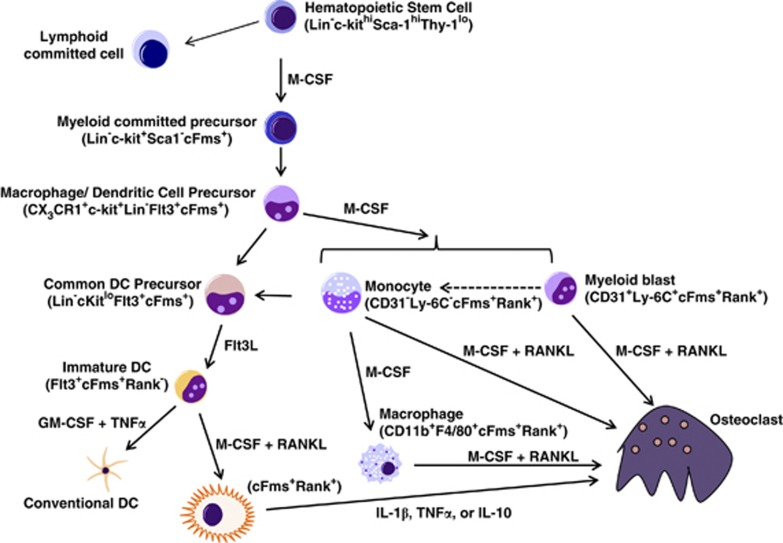Figure 1. Osteoclast precursor development and differentiation.
Hematopoietic stem cells give rise to lymphoid and myeloid committed precursors. Myeloid precursors generate MDPs. MDPs give rise to monocytes, macrophages and common DC precursor (CDP). Monocytes (Ly-6C−) stimulated by M-CSF mature into macrophages, but addition of RANKL drives monocytes into osteoclast commitment. Earlier stage Ly-6C+ monocytes, termed myeloid blasts, show strong osteoclast commitment potential when stimulated with M-CSF and RANKL but still retain the ability to become monocytes (Ly-6C−). Macrophages stimulated with M-CSF and RANKL can fuse to form osteoclasts. CDPs differentiate into immature DCs under stimulation with Fms-related tyrosine kinase 3 ligand (FLT3L) and become mature conventional DCs with the addition of GM-CSF and TNFα. Before GM-CSF stimulation, immature DC can trans-differentiate into an osteoclast under the influence of M-CSF and RANKL.

